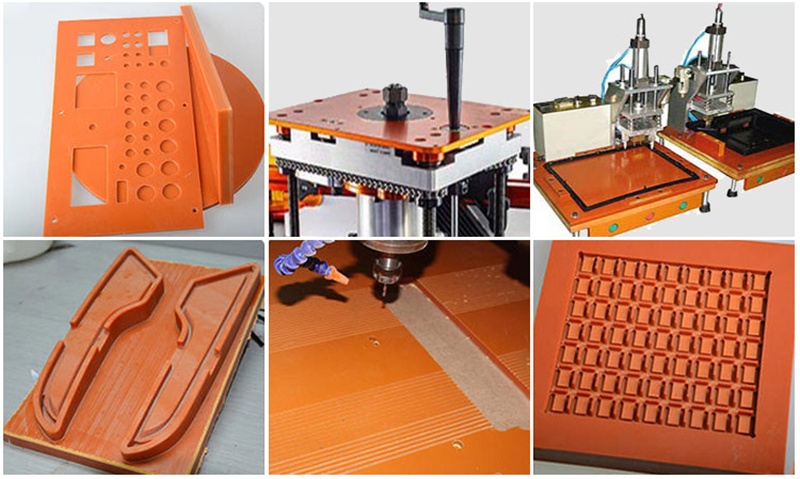Bakelite board is made by laminating phenolic resin with paper or fabric substrate under high temperature and pressure. Bakelite is widely used in electrical insulation due to its excellent electrical insulation properties, mechanical strength and heat resistance. This article explores the performance of Bakelite in electrical insulation, factors to consider, its applications and its advantages.
Bakelite board exhibits outstanding performance in electrical insulation, which can be summarized as follows:
1.High Insulation Resistance
Bakelite board has extremely high insulation resistance, effectively preventing current leakage and short circuits in electrical equipment.
2.Low Dielectric Constant
Its low dielectric constant ensures minimal energy loss in high-frequency electric fields, making it suitable for high-frequency electrical devices.
3.Arc Resistance
Bakelite board demonstrates excellent arc resistance, maintaining stable insulation performance under high-voltage conditions without being easily punctured by arcs.
4.Heat Resistance
Bakelite board retains its insulation properties at elevated temperatures, making it suitable for high-temperature environments.

When selecting and applying Bakelite board as an electrical insulation material, the following factors must be considered:
1. Operating Temperature:
Although Bakelite board has good heat resistance, its insulation performance may degrade under extreme temperatures. Therefore, the appropriate type of Bakelite should be selected based on the operating environment.
2. Mechanical Strength:
Bakelite board must possess sufficient mechanical strength to withstand vibrations and impacts during the operation of electrical equipment. Different thicknesses and densities of Bakelite offer varying mechanical strengths, so the choice should align with the specific application.
3.Humidity Environment:
In high-humidity environments, the insulation performance of Bakelite board may be compromised. For such conditions, Bakelite board with better moisture resistance or additional moisture-proof measures should be used.
4. Electrical Load:
Different electrical equipment has varying loads. The thickness and insulation grade of Bakelite board should be selected based on the load to ensure it can withstand the corresponding electrical stress.
Bakelite board is widely used in electrical insulation applications, including:
1.Insulation Panels for Electrical Equipment: Bakelite board is commonly used to manufacture insulation panels for switchgear, distribution boards, transformers, and other electrical devices.
2.Substrates for Electronic Components: Due to its excellent insulation properties and mechanical strength, Bakelite board is often used as a substrate for electronic components, such as printed circuit boards (PCBs).
3. Insulation Gaskets and Washers: Bakelite board can be machined into various shapes of insulation gaskets and washers for use in electrical equipment.
4. Insulation Components for High-Voltage Equipment: In high-voltage electrical equipment, Bakelite board is frequently used to manufacture insulation components, such as insulating sleeves and supports.
The advantages of Bakelite board in electrical insulation include:
1.Excellent Insulation Properties:
Bakelite board's high insulation resistance and low dielectric constant effectively prevent short circuits and current leakage in electrical equipment.
2.Good Mechanical Strength:
Bakelite board's high mechanical strength ensures it can withstand vibrations and impacts during equipment operation, maintaining stability.
3.Heat and Arc Resistance:
Bakelite board maintains stable insulation performance under high temperatures and voltages, making it suitable for harsh environments.
4.Ease of Processing:
Bakelite board is easy to process and can be cut, drilled, and milled into various shapes and sizes to meet the insulation requirements of different electrical devices.
5.Cost-Effectiveness:
Compared to other high-performance insulation materials, Bakelite board offers a high cost-performance ratio, reducing production costs while ensuring performance.